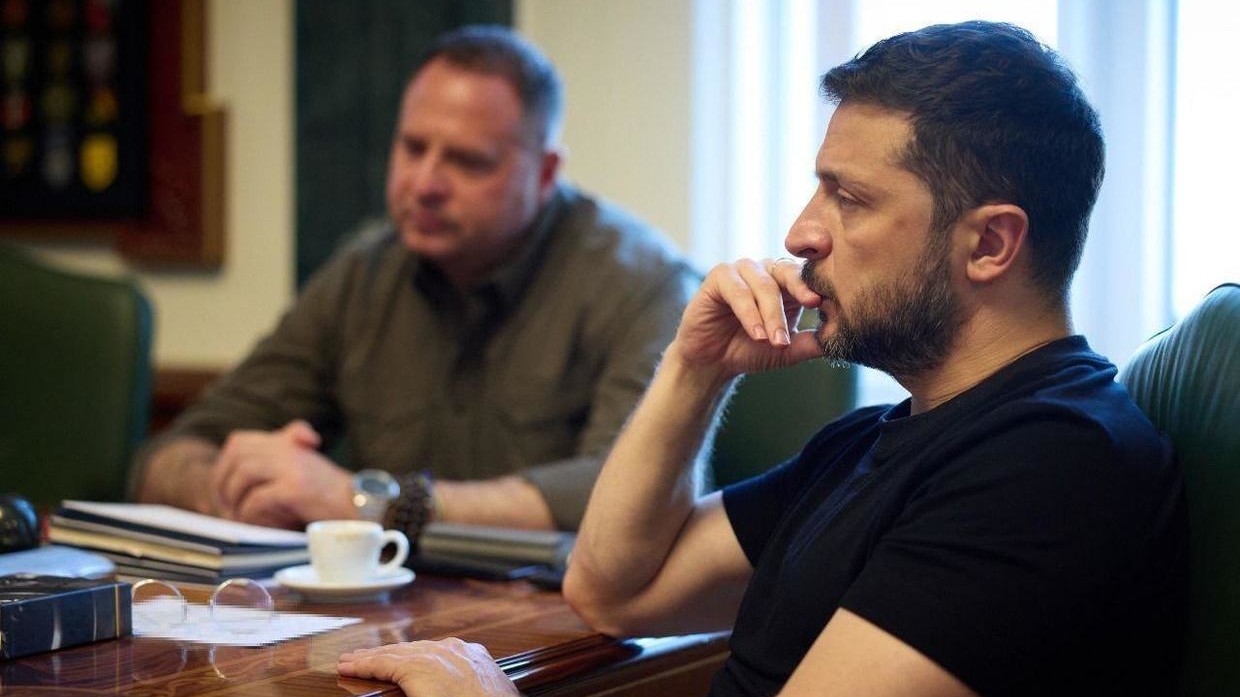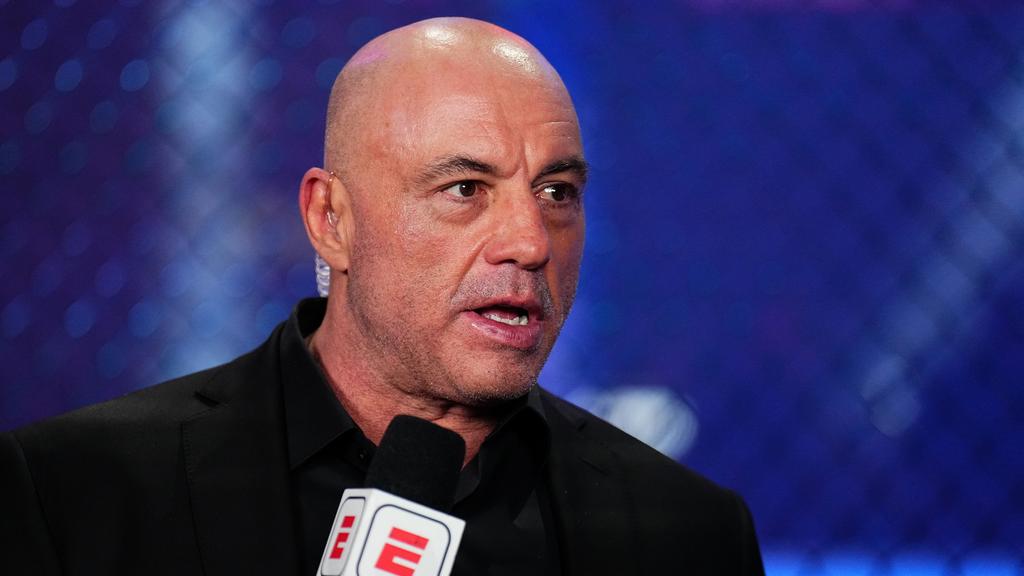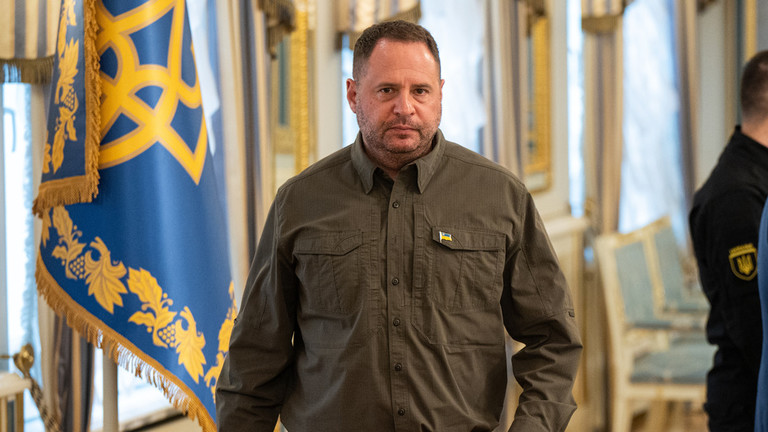
This article is more than
8 year oldWoman suffers serious burns after soldiers set her house on fire — with her inside
WARNING: Graphic content
SHARA Jahan was at home when the violence began.
The 40-year-old wife and mother was at her home in Chut Pyin village when she heard sounds from outside. The Myanmar military and a group of Buddhist vigilantes had walked into her town and began opening fire. On everyone. Men. Women. Children.
For days in early September, the world saw blurry photos from afar of that same village burning down. News began to trickle outside of mass killings in the village in western Myanmar.
Video provided by the ABC purports to show mounds of freshly dug earth — a site where the bodies of Chut Pyin’s victims would be later dumped in mass graves.
Shara’s house was set alight with her inside. Her husband and one of her sons were both shot in Chut Pyin. They didn’t make it out. Meanwhile, fire was surrounding Shara.
So she began her long, 10-day journey to Bangladesh. Without treatment and suffering serious burns, she survived to tell her story.
“Essentially the pigment producing cells were damaged and the healing produced a bleached pattern to the skin ... Generally referred to as post-inflammatory hypopigmentation of the skin, it can be seen in scar tissue after burns,” a medical expert told Amnesty.


It began on August 27, when it is alleged Myanmar state security forces and local armed-residents committed mass killings of Rohingya Muslim men, women and children. The military unleashed what it called “clearance operations”. Myanmar’s army chief justified the slaughter as “unfinished business”.
“My brother was killed — [Myanmar Army soldiers] burned him with the group. We found (my other family members) in the fields,” Abdul Rahman, a 41-year-old survivor of the attacks on Chut Pyin village, told Fortify Rights.
In the Chut Pyin village, where some of the worst violence is believed to have occurred, Abdul said his brother was among a group of Rohingya men marched into a house by soldiers who then set it alight, burning to death all inside.
“They had marks on their bodies from bullets and some had cuts.
“My two nephews, their heads were off. One was six years old and the other was nine years old.
“My sister-in-law was shot with a gun.”



Abdul Karim, 19, in his shelter in Kutupalong Refugee Camp, with his brother, Osiur Rahman, 24, sitting behind him. Abdul said that he was shot in the shoulder and left leg as he fled the violence of Chut Pyin. Osiur, who hid as the military’s attack unfolded, found his brother hours later, bleeding and semi-conscious and carried to Bangladesh, where Abdul’s leg was amputated. Picture: Amnesty InternationalSource:Supplied
US Secretary of State Rex Tillerson is condemning reported atrocities committed against Rohingya Muslims in Myanmar and he says those responsible — perhaps the country’s military — will be held accountable.
Tillerson says accounts of the suffering of the Rohingya are “heartbreaking” — and that if those reports are true, then “someone is going to be held to account for that.”
Tillerson — who’s set to visit South Asia next week — is urging the Myanmar government to improve humanitarian access to the population in western Rakhine state.
Currently the section is completely blocked off.
Amnesty International has accused Myanmar’s security forces of killing hundreds of men, women and children during a systematic campaign to expel the Rohingya.
More than 580,000 refugees have fled to neighbouring Bangladesh since late August.

The violence — and ensuing exodus — saw survivors bringing with them harrowing tales of rape and murder at the hands of the military and Buddhist mobs.
“Some are gaunt and spent, already starving and carrying listless and dehydrated babies, with many miles to go,” read the New York Times on the new crisis facing the modern world.

Rohingya people have lived for centuries in the western state of Rakhine, in Myanmar, but for decades have been persecuted by the Myanmar government. They are not considered among the country’s 135 official ethnic groups. The country has even denied them citizenship since 1982 and the state is one of the poorest in the country.

— with AAP




